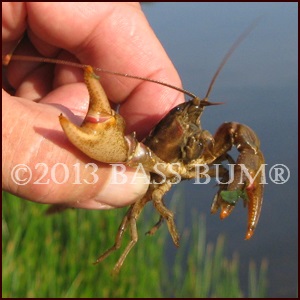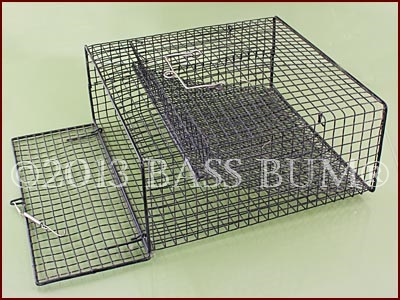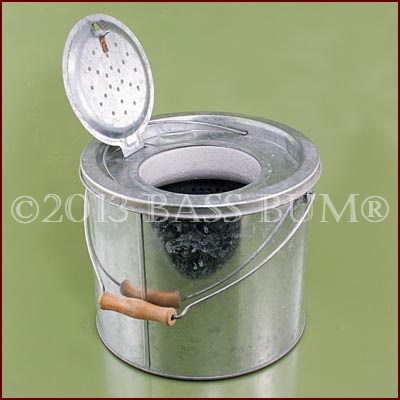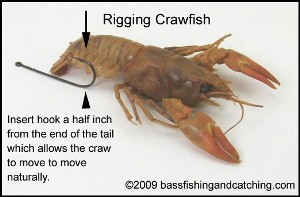Catch And Fish Live Crawfish
The Bass Will Thank You And Put A Big Smile On Your Face
Live crawfish are a staple in the diets of both smallmouth and largemouth bass, especially in spring and summer. Young smallmouth start to feed on crawfish when they have grown to only three inches in length. From that point in their lives till the end they will focus primarily on crawfish and baitfish.
So "crawfish fishing" will often produce a successful day on the water. Unfortunately, live crawfish as bait are not readily available and they are a bit of a problem to carry around and maintain.
Nevertheless, when I can I'll make a stab at catching crawfish, especially when going on the hunt for smallmouth bass. Largemouth like them too. But a live crawfish to a smallmouth bass is like a good steak and beer followed by a chocolate desert to we humans.


"How Do You Catch Crawfish?
One way is to go out at night with a flashlight and small net, like a dip net, and search along the edge of streams where they can be found out and about looking for food. Frankly, I'll leave that activity to those of you who are the more adventurous among us. Too many other critters come out at night to feed that either like to feed on us or don't like being disturbed while they are looking for their own preferred dinner item.
You can also go out during the day and turn over rocks for them. Seems like a waste of good fishing time on the water to me. Besides, the little buggers are fast as lightening and inevitably you'll slip on the slick rocks and wind up soaked.

I prefer to use a crawfish trap. My choice is the one shown above, though there are other versions. This one is a foot square with a hinged back door so you can easily put in bait or remove your catch. It's designed so the crawfish enter, crawl up the ramp and fall into the area where the bait is located. They are unable to escape. It's a nice passive way to get live crawfish without killing yourself. Furthermore, it's far more productive than other methods.
Find a creek that is home to crawfish (most are) focusing on areas where there is an abundance of rocks and rock crevices. However, crawfish aren't called "mud bugs" for nothing. They burrow into the mud and come out at night. So if there is mud around the creek edge with what look like little piles of mud scattered about these are crayfish homes.
Place your trap. It's a good idea to weigh the trap down. Bait it with a can of cat food slightly opened or punched full of holes. Leave it overnight or several nights when the craws come out to play being sure to remove your catch daily.
Focus on crayfish that are no more than three inches in length. Though larger crawfish will be taken by smallmouth, especially larger smallmouth, it is more difficult to set the hook with a crawfish longer than three inches. Crawfish that are as large as five inches are good for largemouth bass but three inches is good for both smallmouth and largemouth.

Keeping Your Catch Fresh
Crayfish prefer cool conditions and do best in 50° temperature though they are tolerant of warmer room temperature for short periods of time. There are a couple of ways to keep them for extended periods.

- Styrofoam coolers filled with layers of wet newspapers between which you place your crayfish serve well as a crawfish bait keeper. However, I find it a bit unwieldy to take on a boat.
- Flow-through minnow bait buckets like the one above also work well and are easier to handle. Take the inner bucket out of its exterior bucket to allow air flow. Put a little wet paper or grass in the bucket and even a "little" ice and they will hold up well throughout the day.
How Do You Rig Live Crawfish?

As illustrated in the photo above inserting the hook, in this case a baitholder hook, "upwards" through the crawfish tail from the bottom about a half inch from the end works well and still allows for natural movement.
Alternatively the hook can be inserted from the front through the bony horn of the head. This works well to minimize the crawfish crawling backwards under a rock and getting you hung up.
Which Hook To Use? There Are Numerous Hook Styles Suitable For Live Bait
Return To Fishing Live Bait From Live Crawfish
